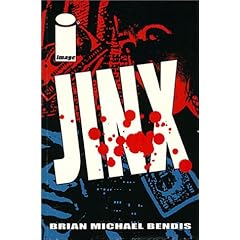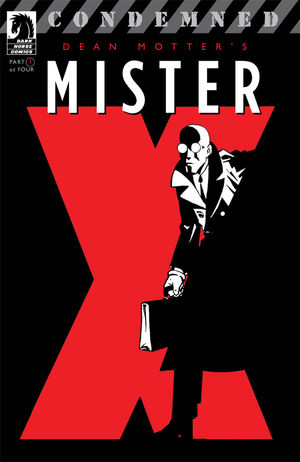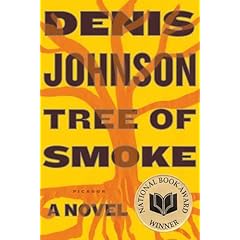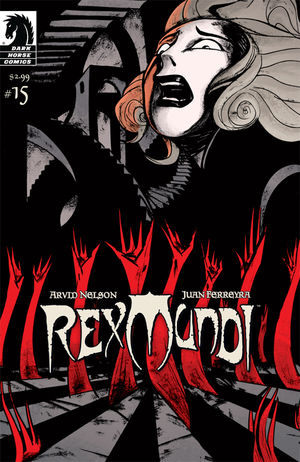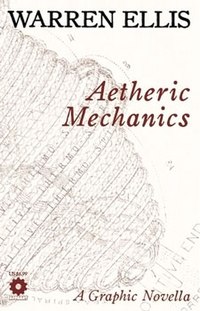 The New Internationalist - December 2008
The New Internationalist - December 2008
This issue of the NI takes on both the food and the financial crises that the world is reeling from right now. What I like is that they focus more on issues of food than finance, because they recognize that the former is needed regardless of the situation in the latter.
As usual with NI, they don't just recycle the same issues that you hear about on CNN; instead, they try to analyze things from a majority world perspective, and also make suggestions on ways to minimize the damage, or perhaps even improve the situation.
Chris Brazier has an excellent article calling for wider adoption of vegetarian diets, or at the least, a reduction in meat consumption. He discusses this not from a moral standpoint (which really, hardly ever converts anyone), but from an environmental and food shortage perspective. Raising animals for food diverts grain stocks that could be used elsewhere, adds to greenhouse gas emissions, and is a generally inefficient source of food energy.
David Montgomery has an article on Peak Soil, which sheds light on the little-discussed topic of soil erosion and depletion, and how we are going to have a difficult time producing enough food for our growing population.
Wayne Roberts has suggestions for 'Fusion', and how by moving away from monocultural practices, and embracing a diverse approach to farming, we can cut out a lot of farming inputs, such as fertilizer, and develop a healthier attitude toward eating.
As well, the magazine prints the 'Beijing Declaration' of some group of NGO types who met in Beijing. It has a huge list of recommendations to fix the financial, environmental, and agricultural issues that our world faces. As usual with these things, it won't get done, but it is always a good idea to raise peoples' awareness.






